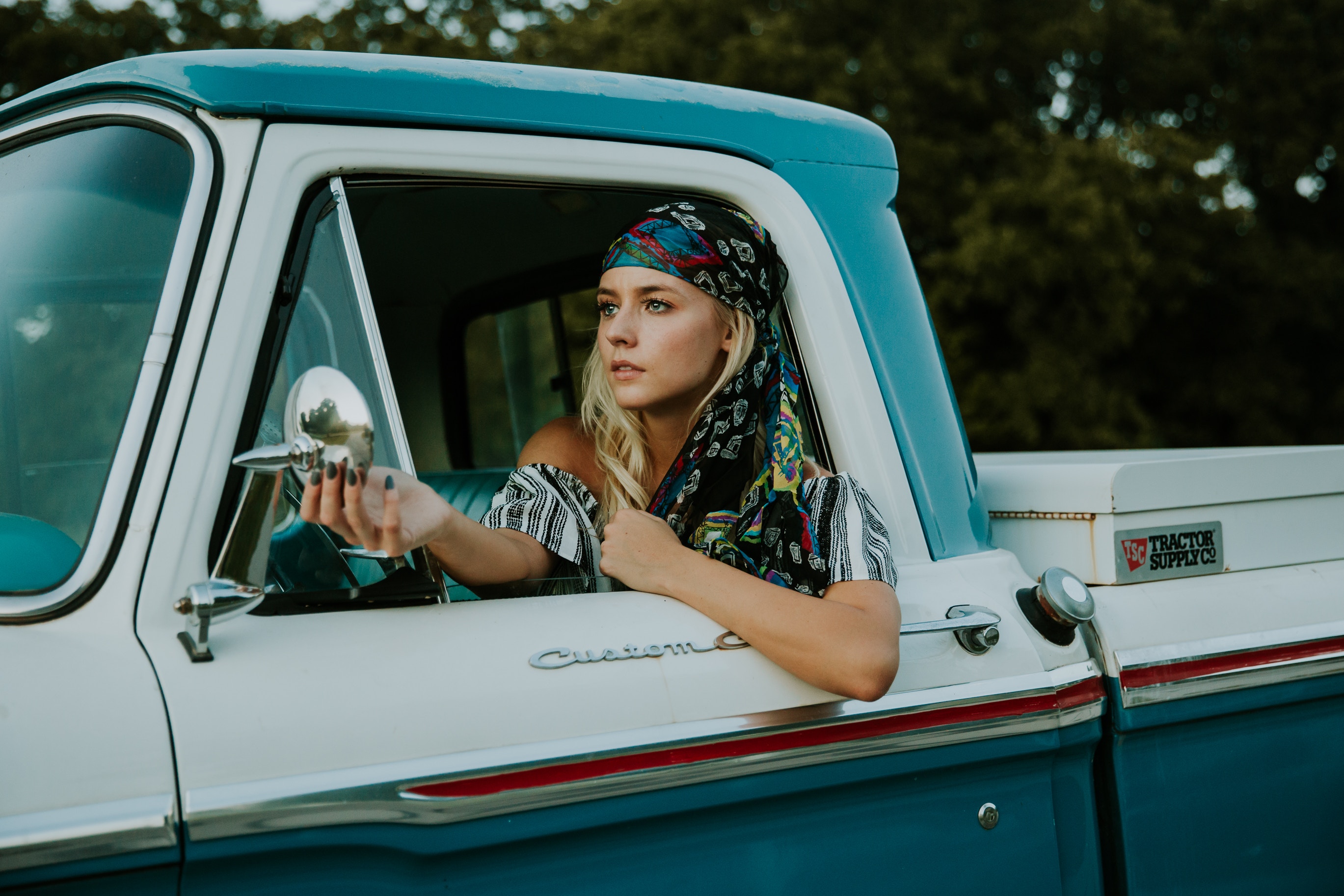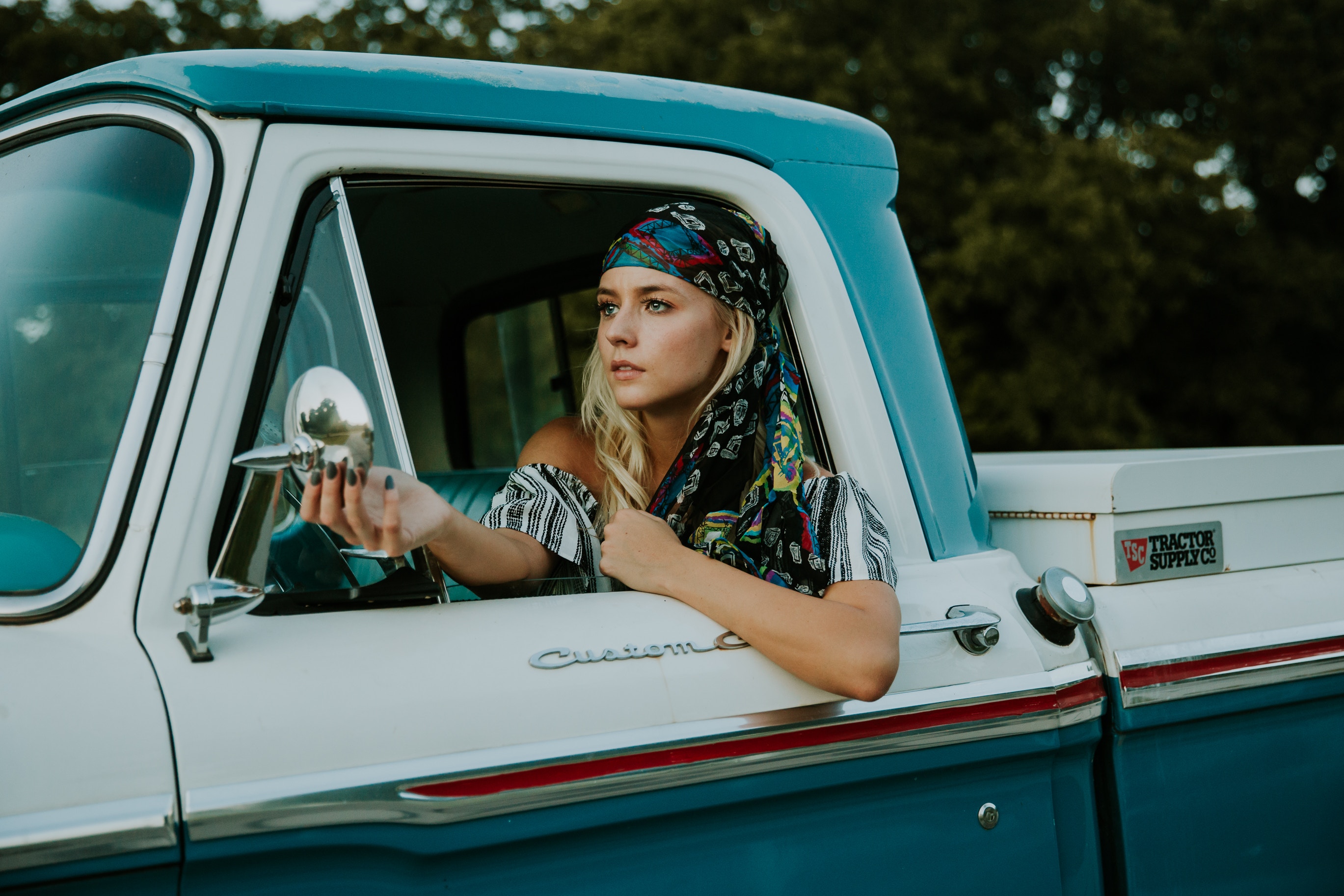
For most women and most people growing in the Western world for that matter, learning to drive and getting a driver’s license as soon as they are legally eligible is a given. Whether it’s 15, 16, or 18, there comes a time when a parent, a friend, a sibling or another family member will take on the role of a driving instructor and initiate them in the wonders of driving. So the idea that a woman might not be the right candidate to become a driver, just because she happened to be born a female, doesn’t really cross most people’s minds.
Growing up in the 90s in Romania, I was often presented with what a lady was supposed to do/be, but more importantly what she was not supposed to do/be. On the not list, there were things such as riding a bicycle, driving a car, lifting anything heavy, fixing anything around the house, basically all the things that were reserved for the manly men of the world. Instead I went to ballet classes so I could walk and act gracefully, I learned to knit and even put together a few scarves and a sweater that are still hidden in a closet at my parents house, and I learned to make my own dresses. There was no law that said women weren’t allowed to drive, as there was for the longest time in countries like Saudi Arabia, we just simply didn’t. By tradition, men owned and drove cars and women were driven around as passengers or took public transit. It was ingrained back in the old tradition that women were a bit helpless without men, therefore trying to be self-sufficient and independent as a woman was unheard of.
I should probably start off by saying that I was never a lady, not in the sense of the word that was presented to me back then. I did take ballet classes and learned to walk tall and graceful, but I was also a tom-boy who never liked playing with dolls and preferred instead cars. I would sit by my father’s side when he was fixing something around the house and watch him carefully, I would volunteer to help move heavy, solid wood furniture, before my mom would see me and remind me that a lady does not do that.
When my brother turned 18, he got his driver’s license. He didn’t drive much, but at least he had the license, which was all that mattered to me.
Things were a bit different for me when I turned 18 (only 3 years after my brother). On one hand I was a rebel, but on the other, I was afraid of making such a request. After all, none of the women in my family ever drove, none even raised the question of ever learning. It took me five years to finally do it. I was 23 when I got my driver’s license. But I didn’t just want to drive, I wanted to be a good driver so I kept at it until I actually got good.
At the time, I had no idea what that meant, I didn’t realize that with this simple gesture I had broken through the invisible ceiling that kept me in my “lady” status and associated being a lady with something, somehow less than men.
And what’s even bigger, I had somehow given other people permission to do the same. About five years after that, my mom, newly retired from a job she had held for over 25 years, signed up for driving school and later on got her driver’s license. She doesn’t drive, she never really drove much, but getting the license was enough for her to prove to herself that she can indeed do it.
I was never really encouraged in the process and if I was in the car with my dad or other men, I was never allowed to drive. The men were in charge. What’s even more interesting was that it wasn’t even a matter of choice, it was the default setting. It didn’t matter who they were, as long as there was at least one adult man in the car who could drive, I wasn’t allowed to drive.
I remember one day though, about a year after I had started driving, I drove with my mom to the countryside to visit her parents. As we got there, my grandfather was shocked to see just the two of us and almost fearful asked:
“How did you get here?”
“I drove”, I responded, as if it was the most natural thing in the world.
His face was in disbelief and he actually went outside to see if the car was in front of the house and to double check if my brother or my dad were there. Later that day, we took a drive with them to the nearest city. He sat in the front seat, right next to me. I helped him buckle his seatbelt – he was a country man who had rarely ridden in cars. A few miles into the ride, I looked over to him, he was quiet and there were tears in his eyes. I didn’t know what that was about and I didn’t want to ask him since my mom and my grandma were in the back seat, but I knew something was going on since he was usually extremely talkative. As we got back to their house, we got out of the car and he simply said: “I can’t believe my little girl is driving!” There was so much pride in his voice.
Since then, I’ve moved to different countries and have held driver’s licenses in three different places. I’ve driven on sunny days, summer storms, on winter roads covered in ice and even on one of the most treacherous roads in Europe, yet I’ve never once doubted that a lady does indeed drive. Over the years, I’ve learned a few things about the definition of a lady:
- I got to decide what that meant to me. It may be listed in the dictionary as a woman of gentle manners or refer to a title of nobility, but my version of a lady is something else.
- For me, a lady can be demure and understated, but she can also be loud, dominant, self-sufficient, powerful and commanding.
- I never allowed myself to be denied certain things I wanted just because I’m a lady.
- I learned to be a powerful, outspoken, fierce, yet graceful lady. I learned to lead with gentle strength and to harness my power in ways I never thought imaginable.
- I learned to ask for help without putting myself down, to understand the power behind vulnerability, to be ok with being led by anyone and at the same time lead anyone.
- While most people will associate the expression of “driving like a girl” with a bad driver, for me it’s a sign of power.
My grandparents have since passed, but the expression on their faces that day has remained seared in my memory. In that moment, there was no tradition, there was no unspoken rule about what a woman should or should not do, we were just people, standing together and acknowledging that a lady can indeed drive a car. And this particular lady has been driving ever since.


